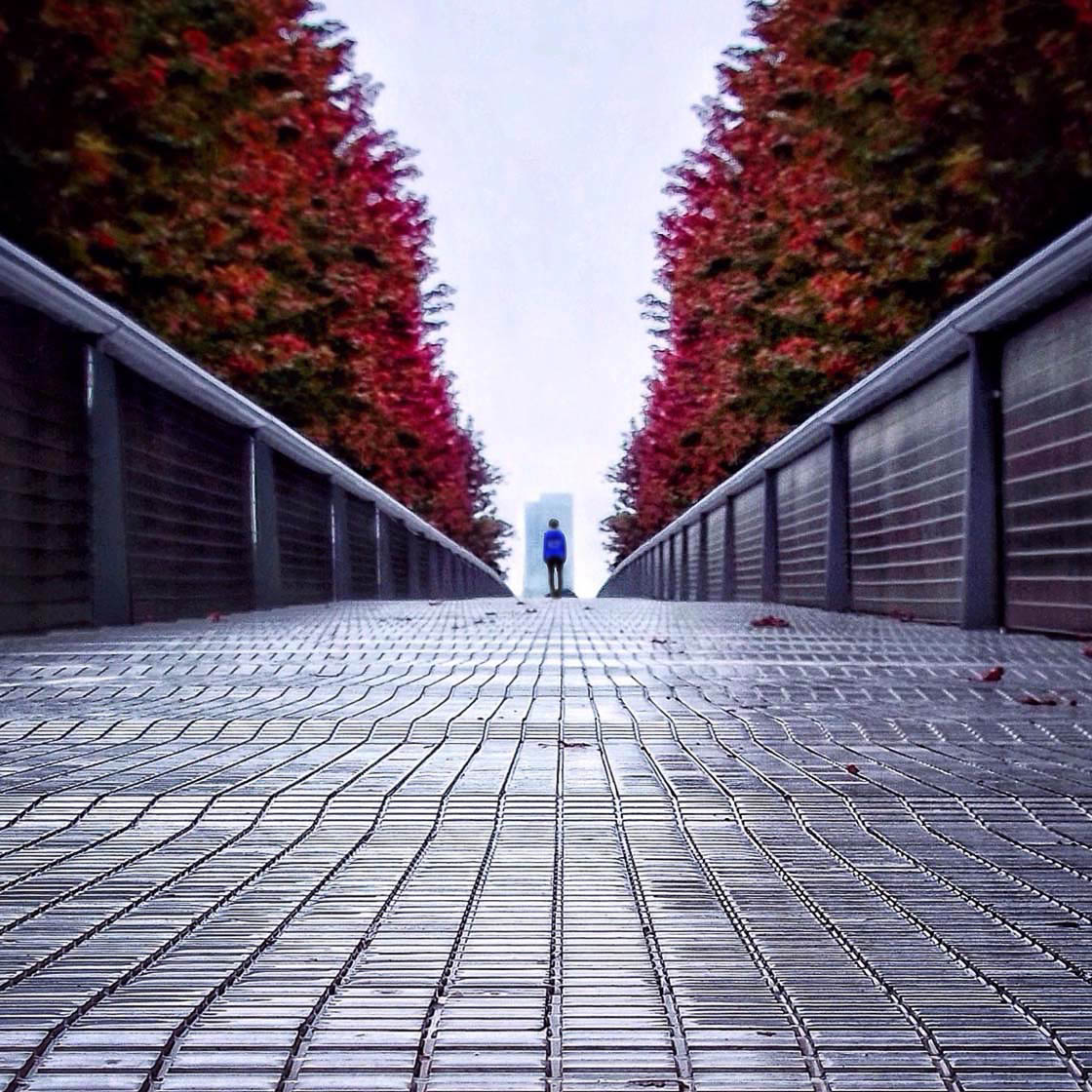Street Photographers - Truths
5 Easy Facts About Street Photographers Shown
Table of ContentsAll About Street PhotographersRumored Buzz on Street PhotographersThe Ultimate Guide To Street PhotographersUnknown Facts About Street PhotographersThe Facts About Street Photographers Revealed
Street professional photographers do not always have a social objective in mind, yet they prefer to separate and capture moments which could otherwise go unnoticed.Though he was influenced by much of those that influenced the road digital photographers of the 1950s and '60s, he was not chiefly curious about catching the spirit of the road. The impulse to aesthetically document people in public started with 19th-century painters such as Edgar Degas, douard Manet, and Henri de Toulouse-Lautrec, who worked side by side with digital photographers trying to capture the significance of city life.

Provided the fine quality of his photos and the breadth of material, designers and artists usually acquired Atget's prints to make use of as reference for their very own job, though business passions were hardly his main motivation. Rather, he was driven to picture every last residue of the Paris he liked.
Rumored Buzz on Street Photographers
They expose the city via his eyes. His job and fundamental understanding of photography as an art kind functioned as ideas to generations of digital photographers that complied with. The next generation of road photographers, though they likely did not describe themselves because of this, was introduced by the photojournalism of Hungarian-born digital photographer Andr Kertsz.
Unlike his peers, Brassa made use of a larger-format Voigtlnder video camera with a much longer exposure time, requiring him to be much more computed and thoughtful in his practice than he could have been if using a Leica. (It is thought that he might not have had the ability to pay for a Leica back then, however he did, nonetheless, use one in the late 1950s to take colour photos.) Brassa's pictures of the Paris abyss illuminated by man-made light were a discovery, and the compilation of the series that he released, (1933 ), was a significant success.
Cartier-Bresson was a champion of the Leica electronic camera and among the very first digital photographers to maximize its abilities. The Leica enabled the digital photographer to engage with the environments and to catch moments as they happened - Street Photographers. Its reasonably little size likewise helped the professional photographer fade right into the background, which was Cartier-Bresson's preferred method
The Facts About Street Photographers Uncovered
It is due to the fact that of this fundamental understanding of the art of image taking that he is typically credited with finding the medium throughout once again approximately a century since its invention. He took pictures for even more than a half century and influenced generations of professional photographers to trust their eye and intuition in the moment.
These are the questions I will try to address: And afterwards I'll leave you with my very own interpretation of road digital photography. Yes, we do. Allow's start with specifying what a meaning is: According to it is: "The act of defining, or of making something definite, distinctive, or clear".
No, most definitely not. The term is both restricting and misleading. Appears like a street digital photography should be photos of a roads right?! And all road photographers, besides a small number of absolute newbies, will totally value that a road is not the essential element to street photography, and really if it's a photo of a road with maybe a couple of uninteresting people not doing anything of rate of interest, that's not street photography that's a picture of a street.
He makes a valid factor do not you believe? Nevertheless, while I agree with him I'm uncertain "candid public digital photography" will catch on (although I do type of like the term "honest photography") due to the fact that "street digital photography" other has been around for a long period of time, with numerous masters' names attached to it, so I think the term is right here to stay.
The Greatest Guide To Street Photographers
Inside?! I hear you scream as you tremble your fist to the sky. Why not? You can contend the beach, at an event, in a street, in a park, in a piazza, in a coffee shop, at a museum or art gallery, in a metro station, at an event, on a bridge, under a bridge ...

Things about Street Photographers
